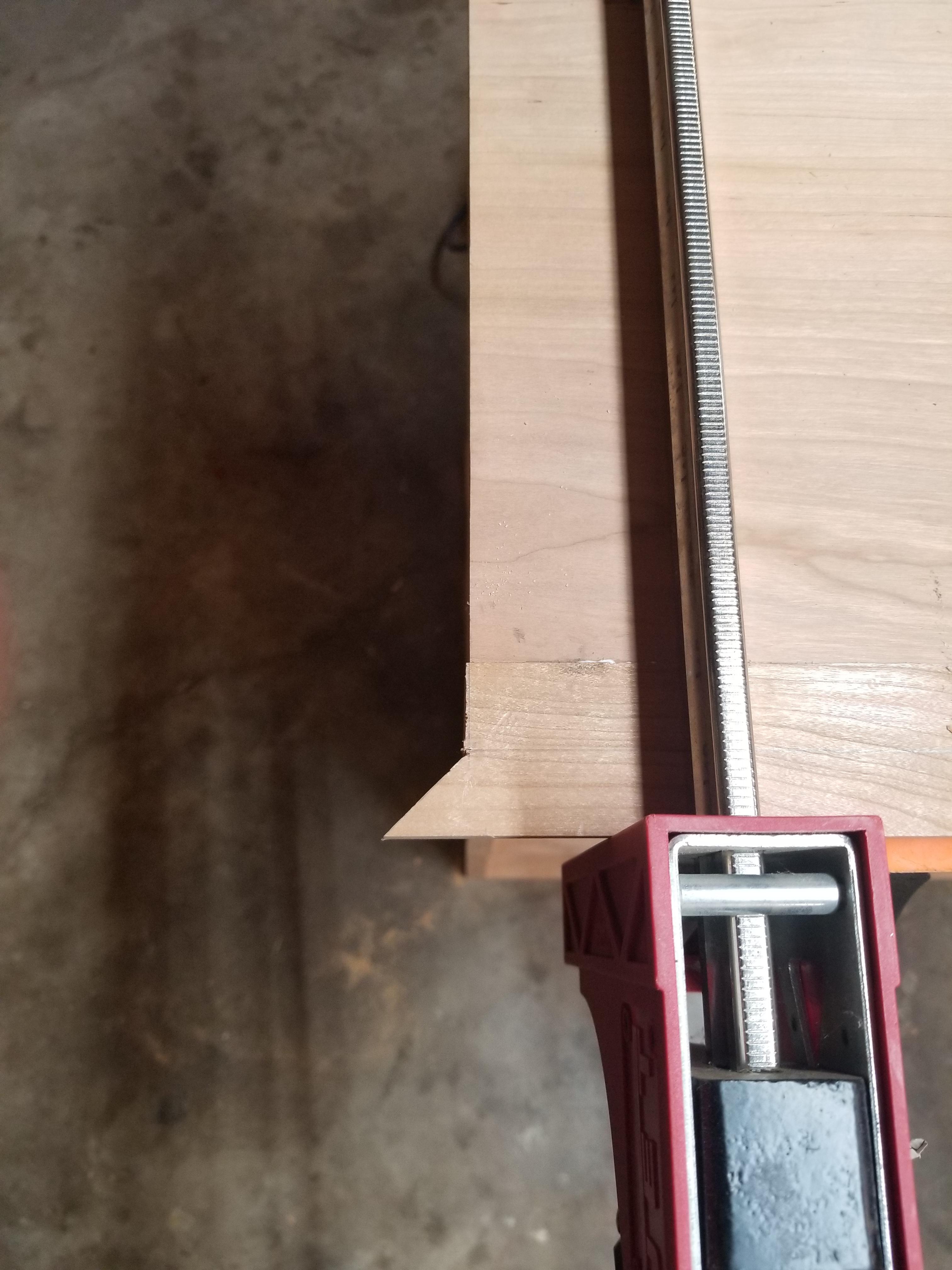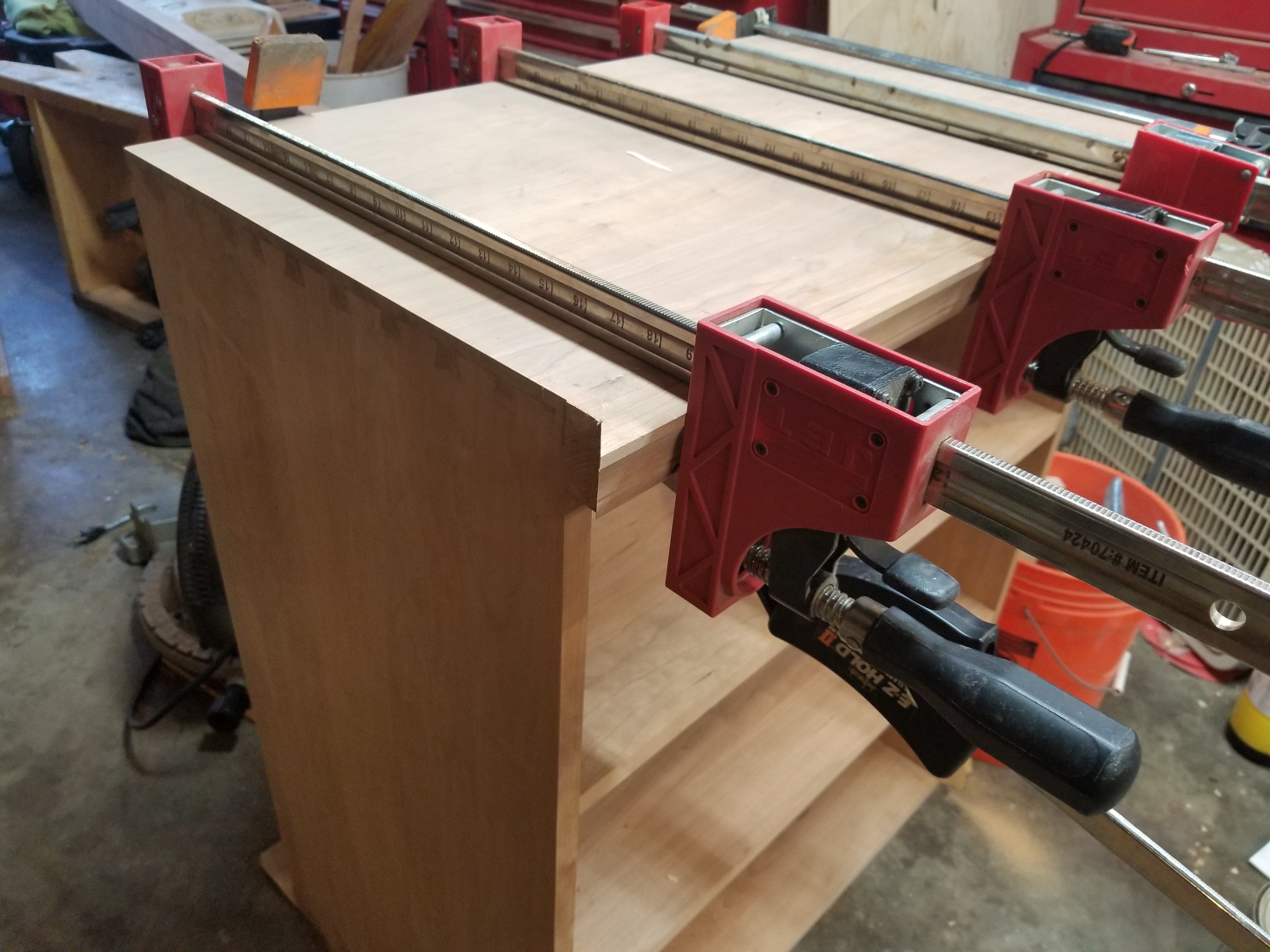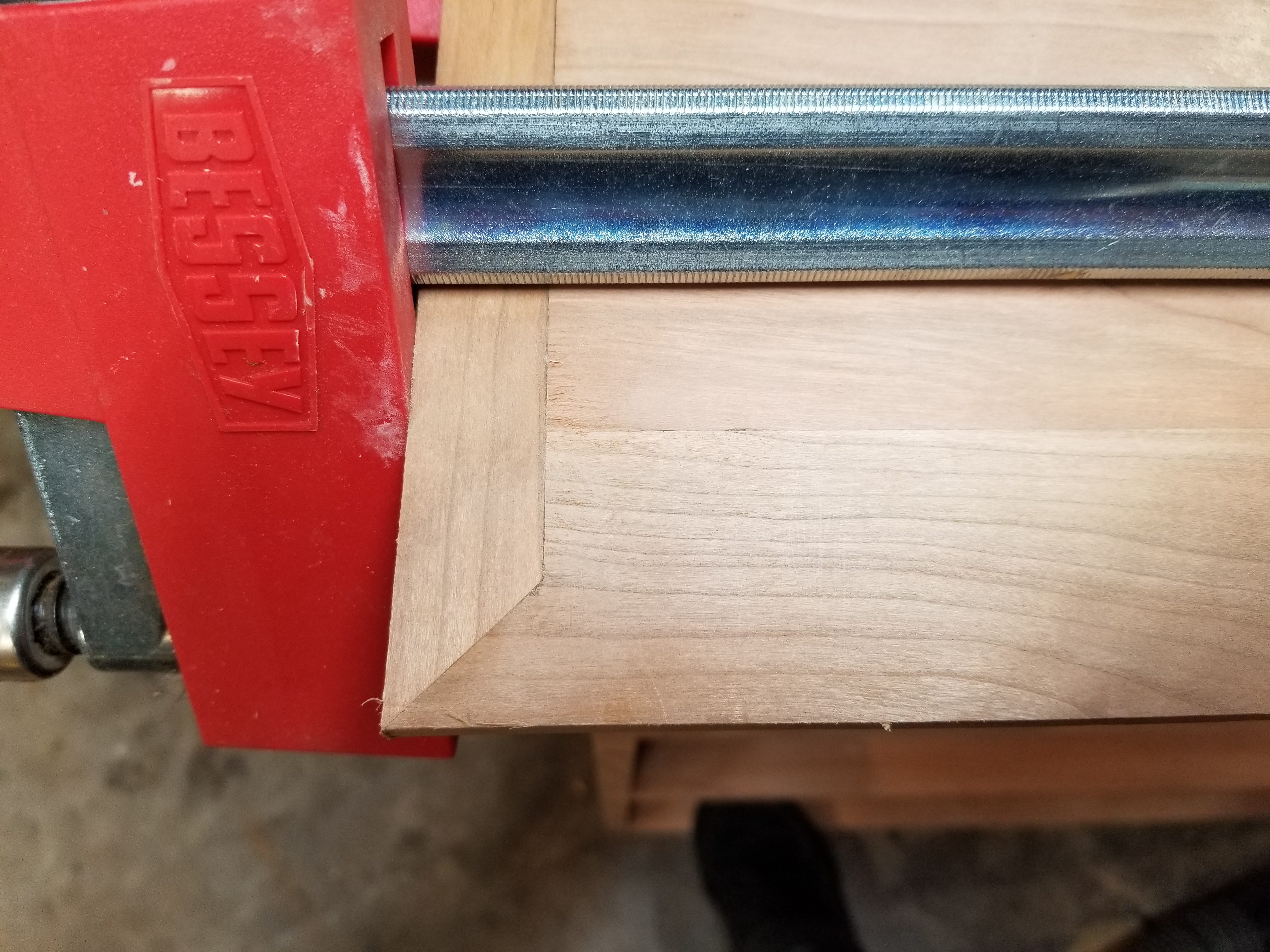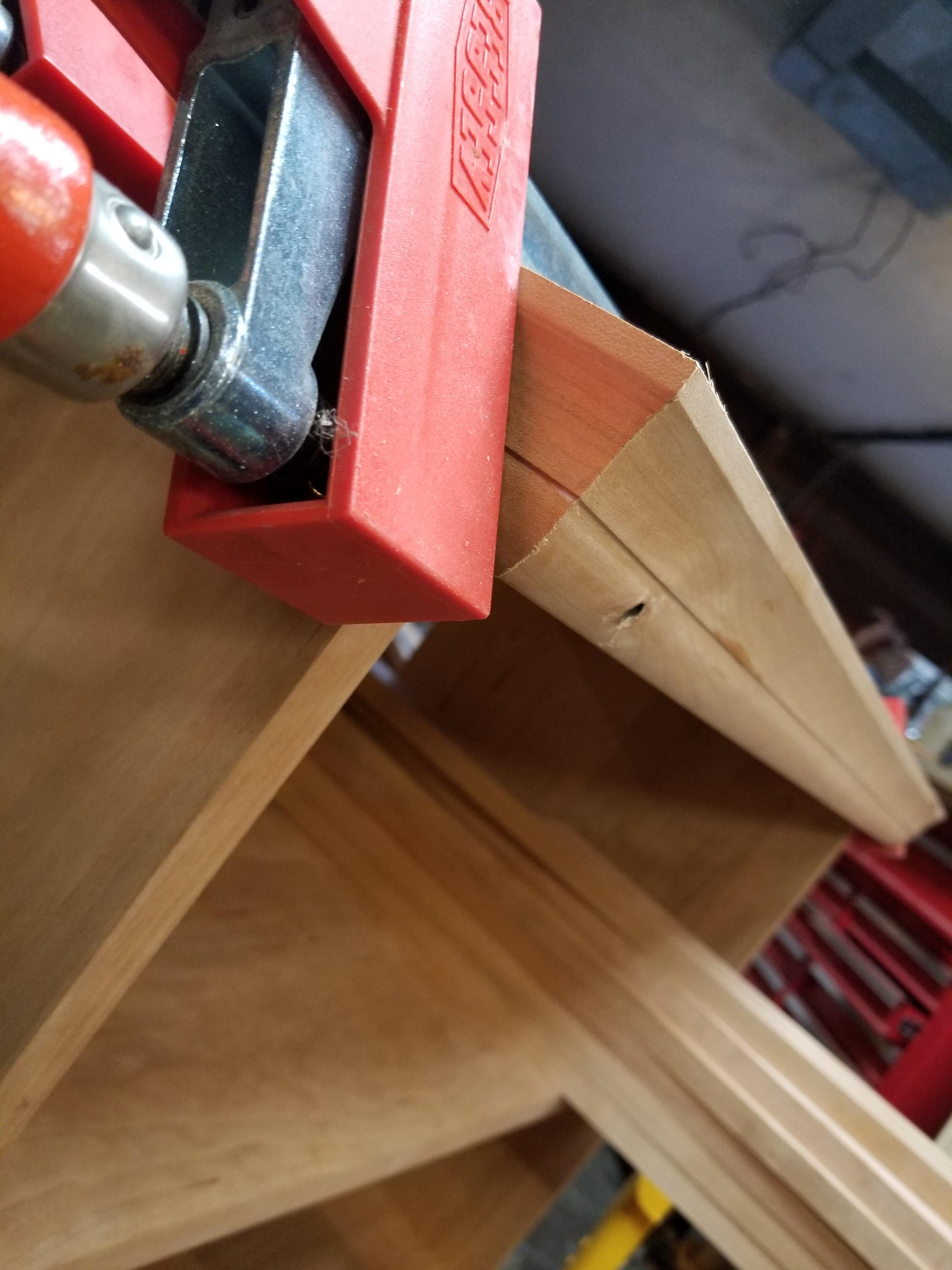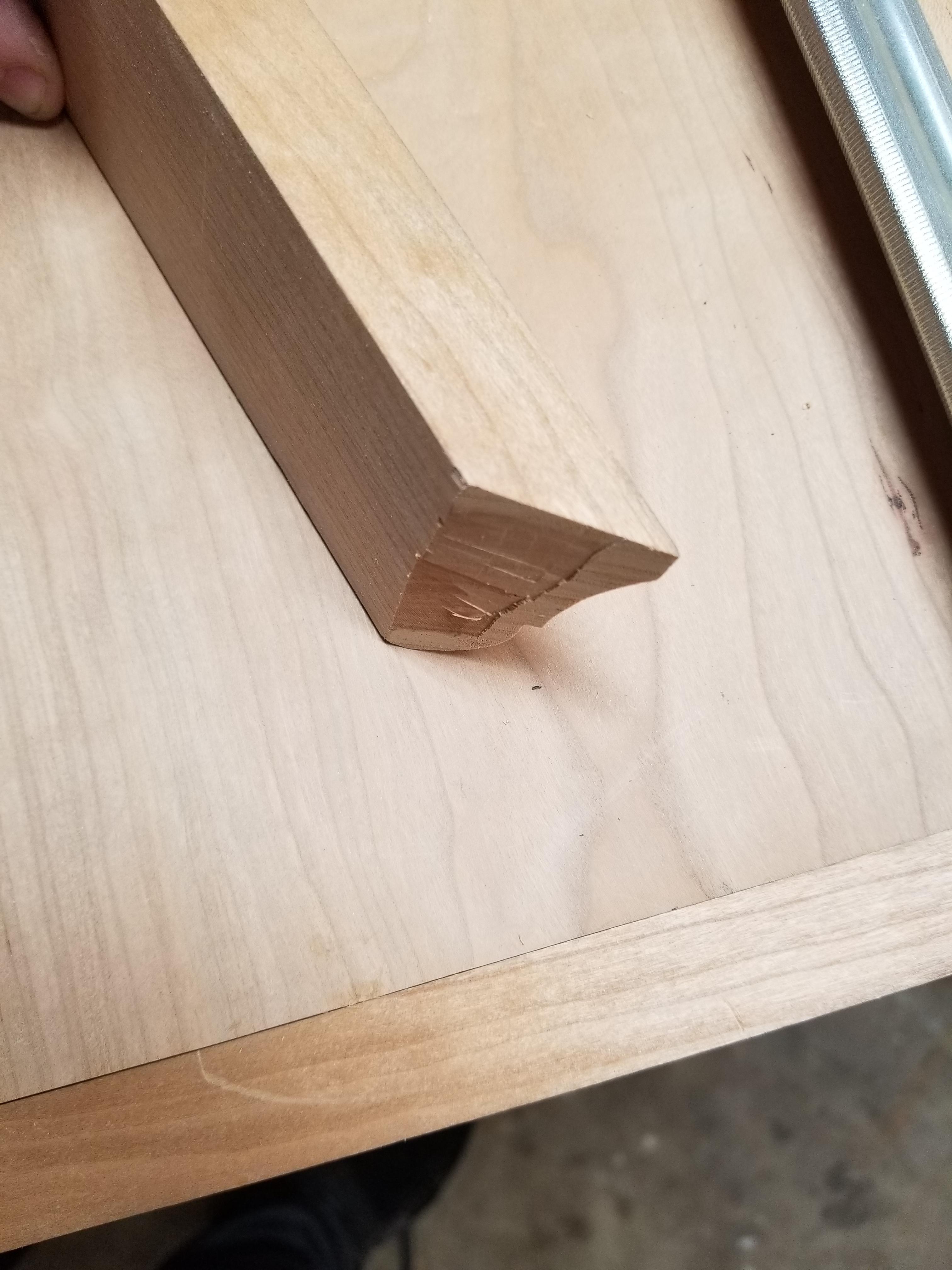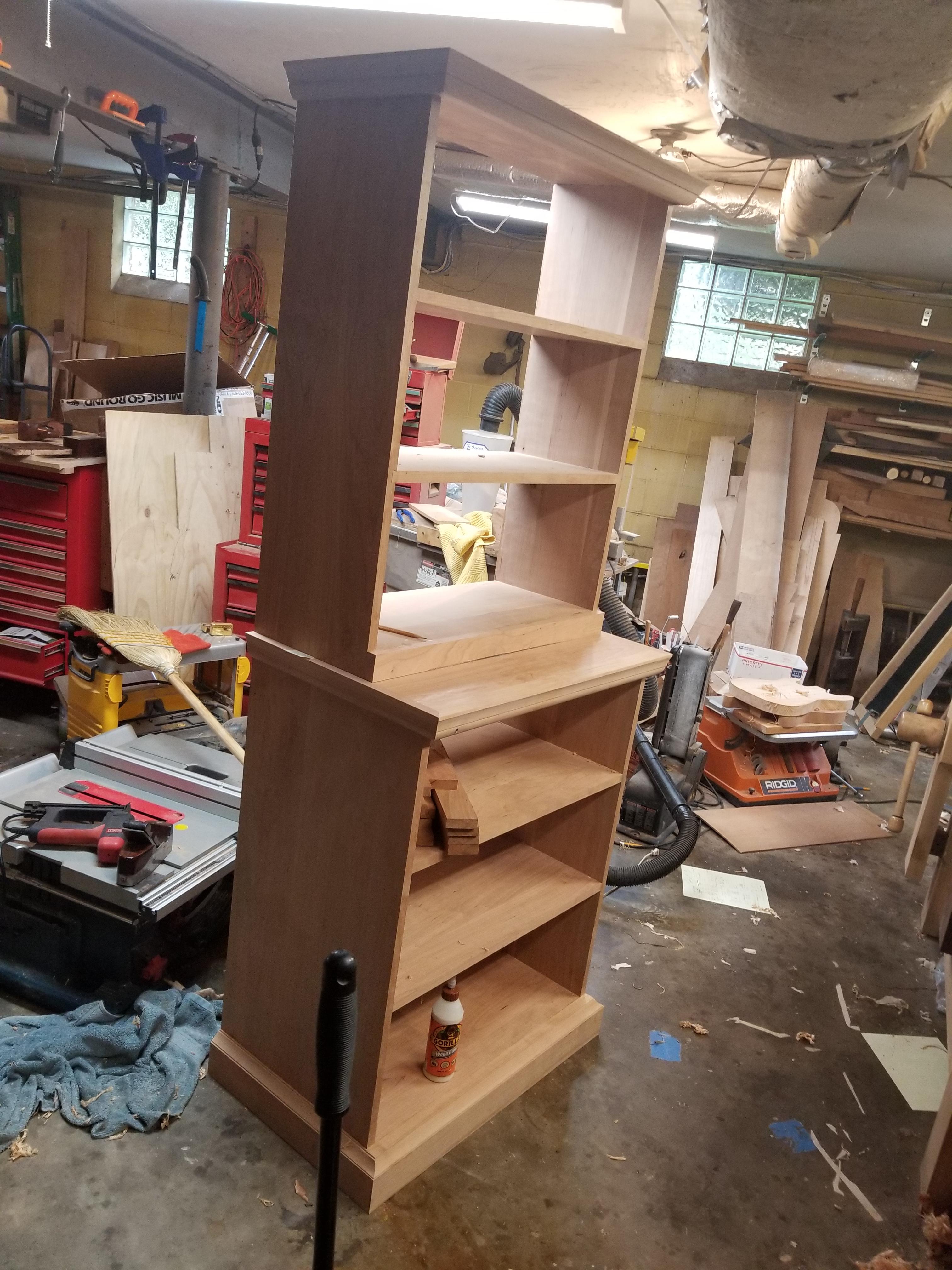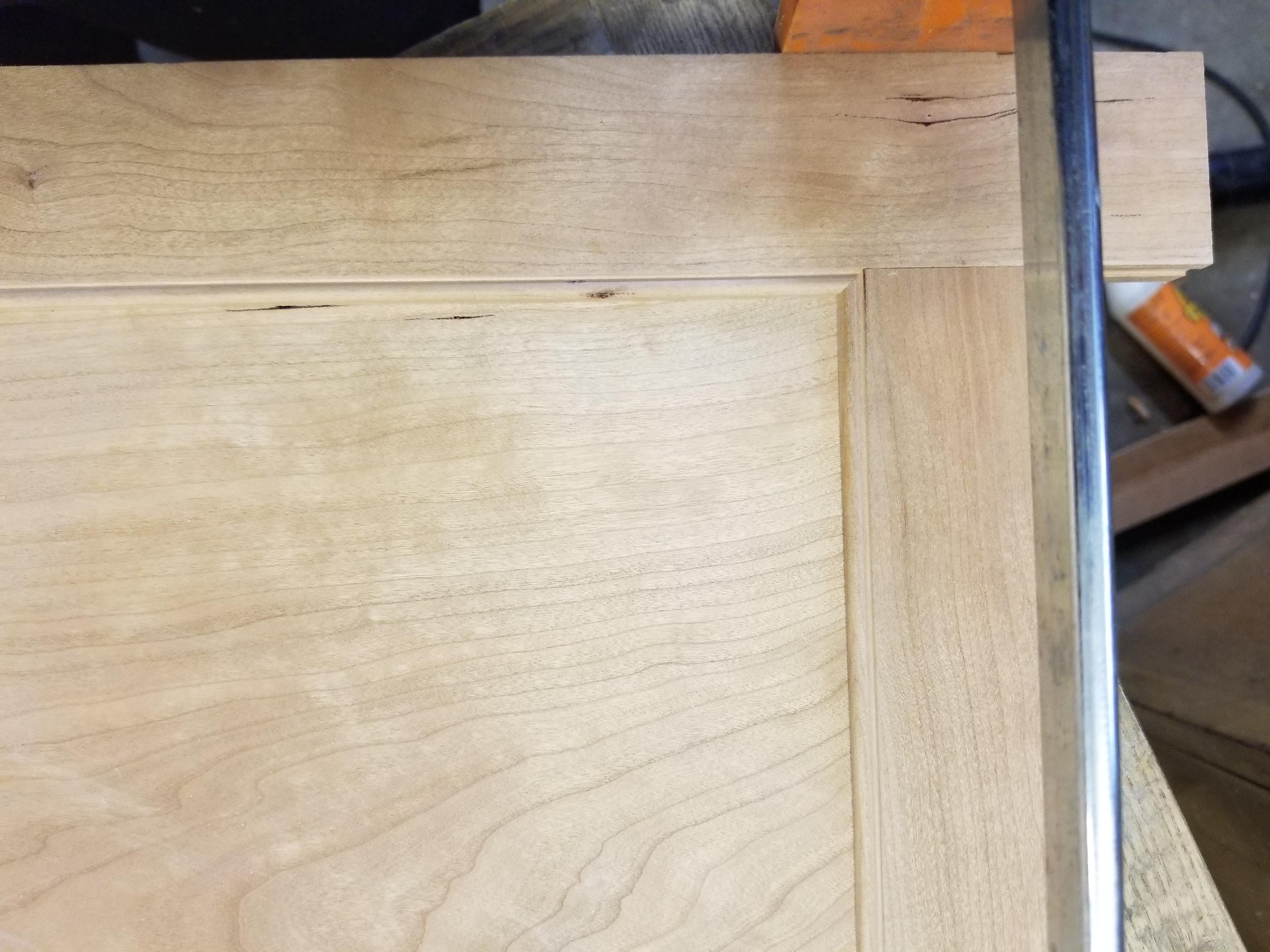strangely enough, it's just about the right size. Small wood can be resawn quickly with a regular coarse tooth handsaw
For bigger stuff (anything over about 5-6") this thing is ideal. It's heavy (Which you can't tell from the picture) and supplies its own downforce, it's easy to steer and it's just about long enough for one to lean forward and push out with arms, lean back and do it again.
it will cut somewhere between 2 and 4 inches in 50 strokes, depending on the material (more if the material is narrow, I guess), and that's a good number to take and step forward and look at the back side of the cut. the teeth make resistance like velcro (that kind of feel) - you can tell the combination of the weight and the teeth shearing material off make for legitimate work. It's not the easy going cut like a regular handsaw.
with a second person, you could really do accurate sawing without stopping.
For bigger stuff (anything over about 5-6") this thing is ideal. It's heavy (Which you can't tell from the picture) and supplies its own downforce, it's easy to steer and it's just about long enough for one to lean forward and push out with arms, lean back and do it again.
it will cut somewhere between 2 and 4 inches in 50 strokes, depending on the material (more if the material is narrow, I guess), and that's a good number to take and step forward and look at the back side of the cut. the teeth make resistance like velcro (that kind of feel) - you can tell the combination of the weight and the teeth shearing material off make for legitimate work. It's not the easy going cut like a regular handsaw.
with a second person, you could really do accurate sawing without stopping.




